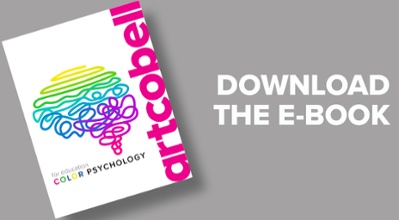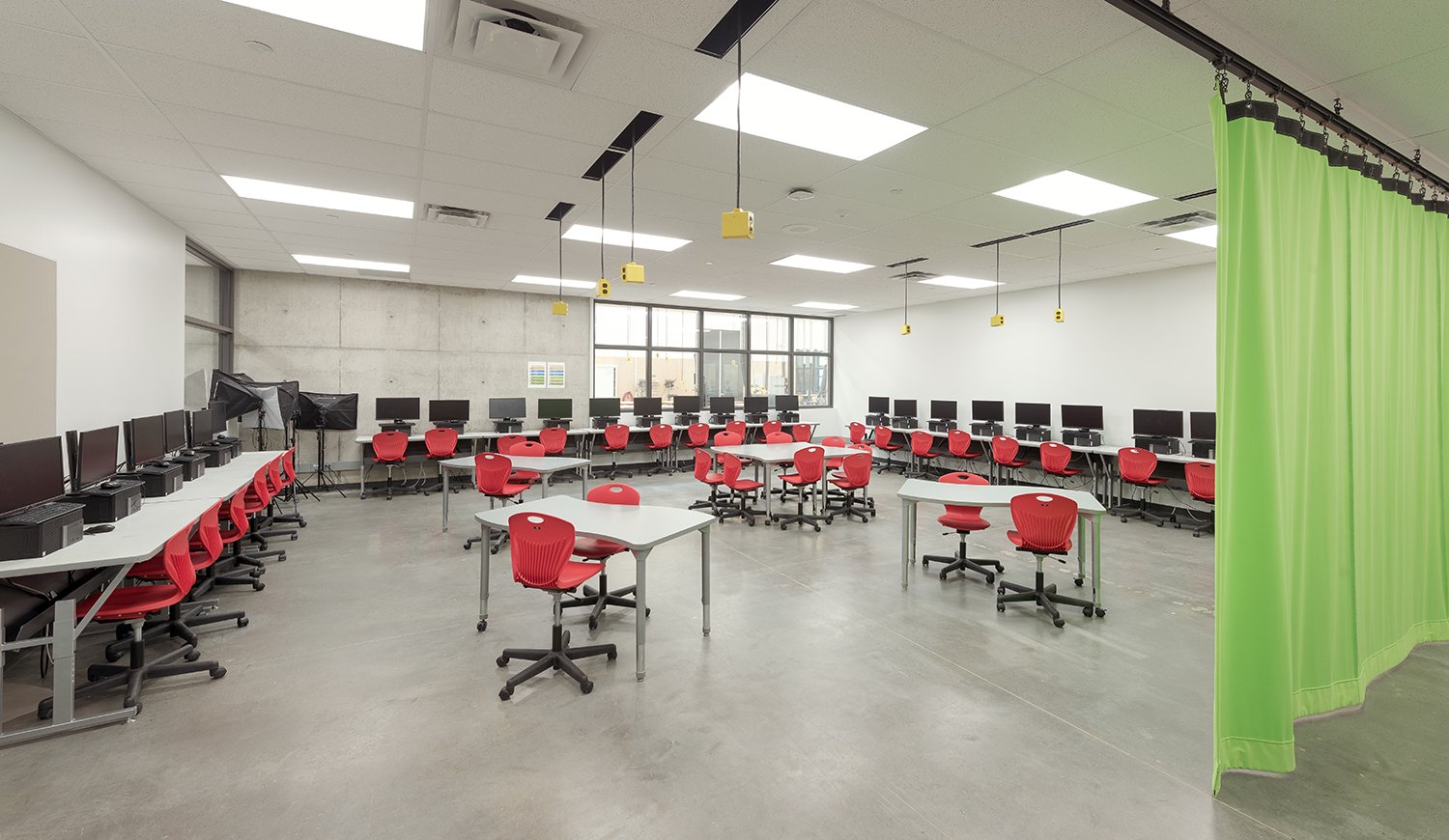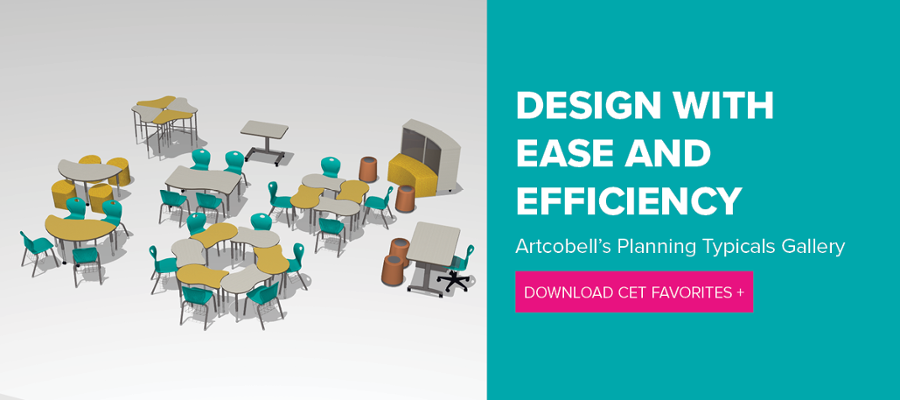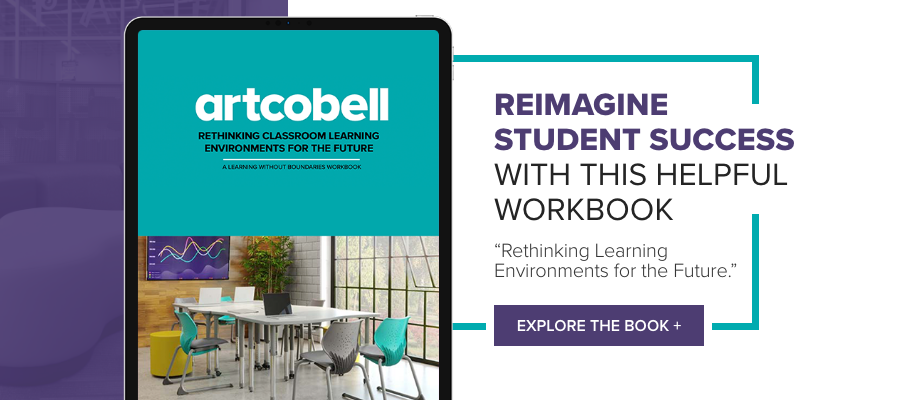Scientists in the field of color psychology have spent years studying the relationship between colors, attention, memory performance, and psychological effects. Over the next series of blogs, we explore various colors and how they impact student emotions, behavior, focus, and information retainment for optimal educational growth.
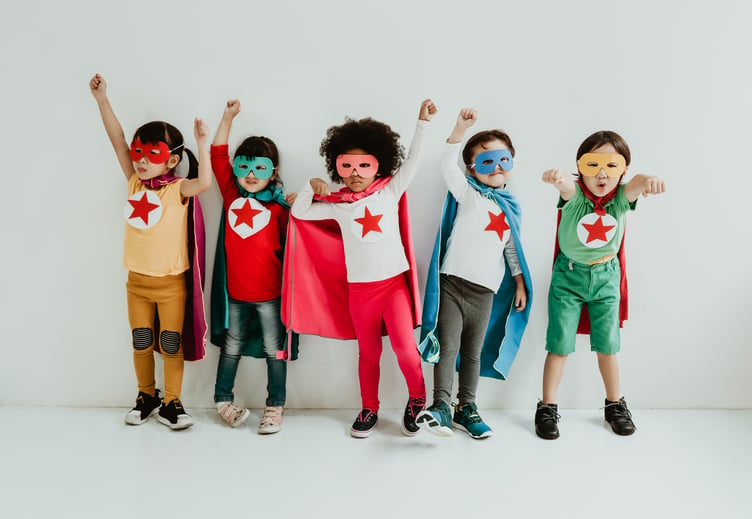
Colour is believed to be the most important visual experience to human beings (Adams FM, Osgood CE, 1973). Look around. How many colors do you see? Be mindful of how these colors make you feel. If you are in an office environment, do the colors and textures support creativity? Can you concentrate or are you distracted by the color scheme? If you are at home, do the colors make you feel safe, comfortable, and calm?
These types of questions are all too common in interior design for commercial and residential spaces but are often overlooked in education. The same thoughtful consideration should be given to the learning environments that support our future generations.
Colors for Learning: The impact of Red
First up, we'll explore the color red! An intense color often that often triggers very emotional responses.
red is commonly associated with:
- Energy
- Danger
- Strength + Power
- Determination
- Passion + Love
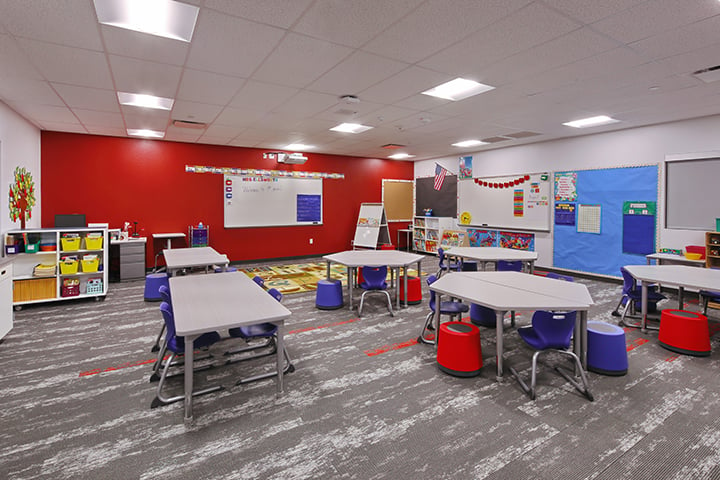
Red is the color of fire and love, so it is associated with energy, danger, strength, power, determination as well as passion, and desire. Because it has the ability to provoke such strong emotions, it should be used thoughtfully in learning environments. Paired with cooler colors, red would be the ultimate energizer!
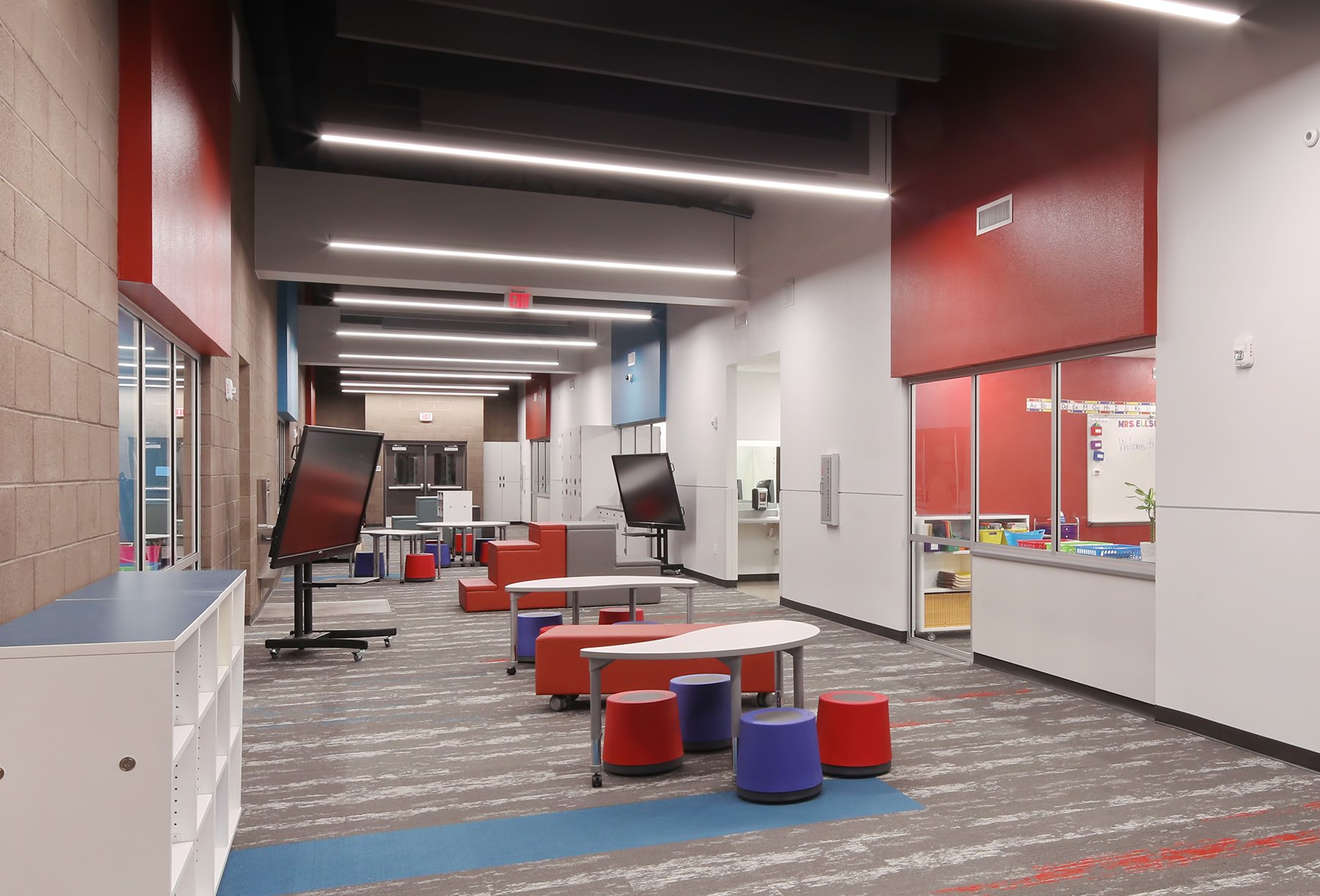
Warm colors such as red, orange, and yellow have been recognized as the preferred colors to maintain learners’ attention and stimulate their active participation.
use red as a stimulant to:
- Encourage creativity
- Stir up conversation
- Improve performance/concentration
- Inspire movement
- Increase alertness
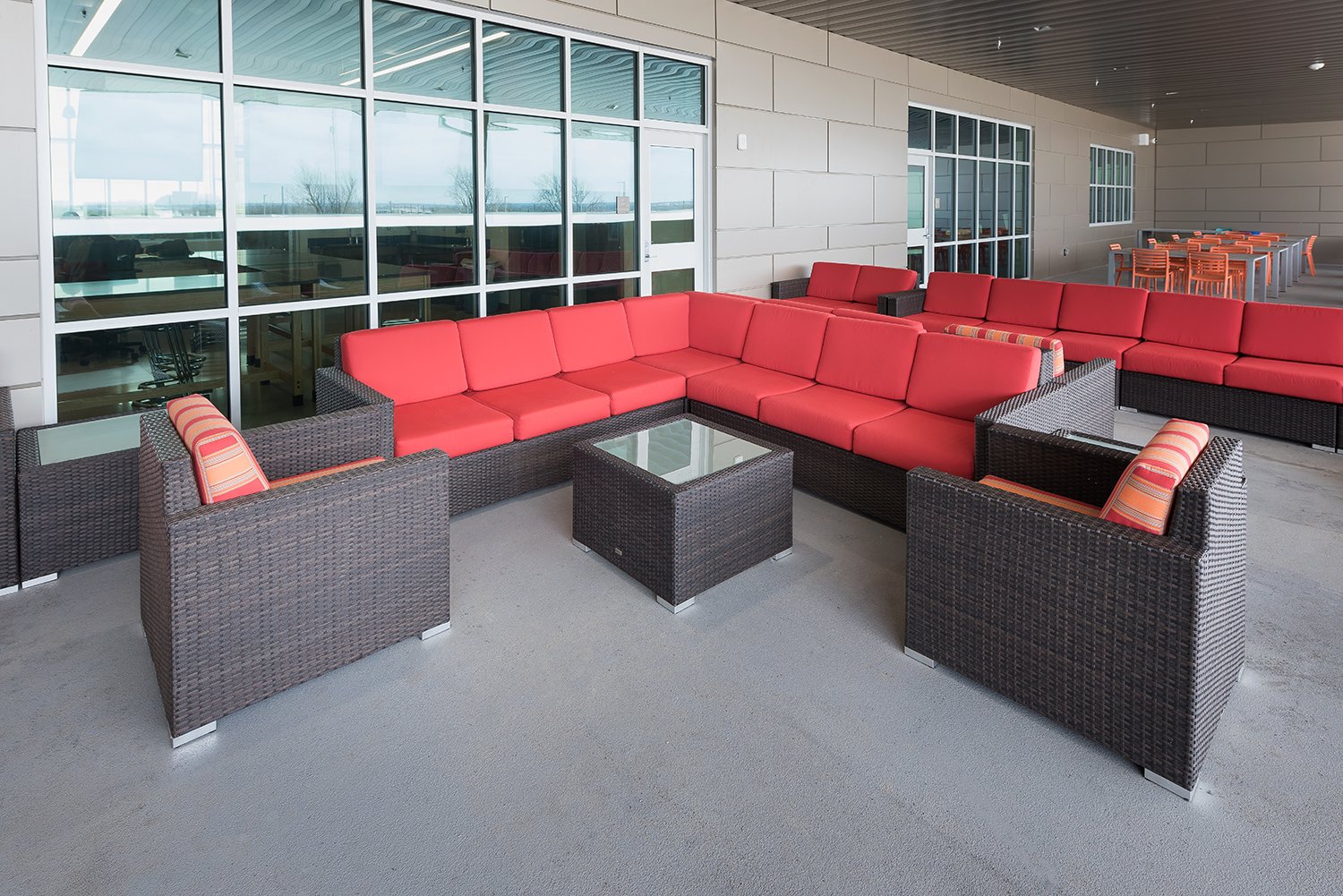
Consider using red in common areas where collaboration, conversation, and creativity are encouraged.
red has the ability to:
- Enhance human metabolism
- Increase respiration rate
- Raise blood pressure
Maker spaces come in all shapes and sizes with (everything AND the kitchen sink): tools, technology, arts and crafts materials, and more to spark innovation, inventive entrepreneurship, critical thinking, problem-solving and mentoring. Because red sparks creativity, exploration, and inspires action, STEAM labs would be the perfect environment for this fiery color!
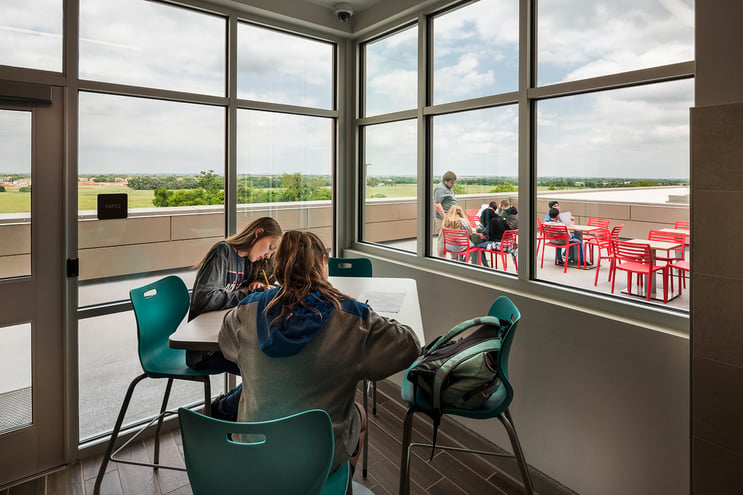
Stimulate conversation and socialization in community spaces such as cafeterias and outdoor areas.
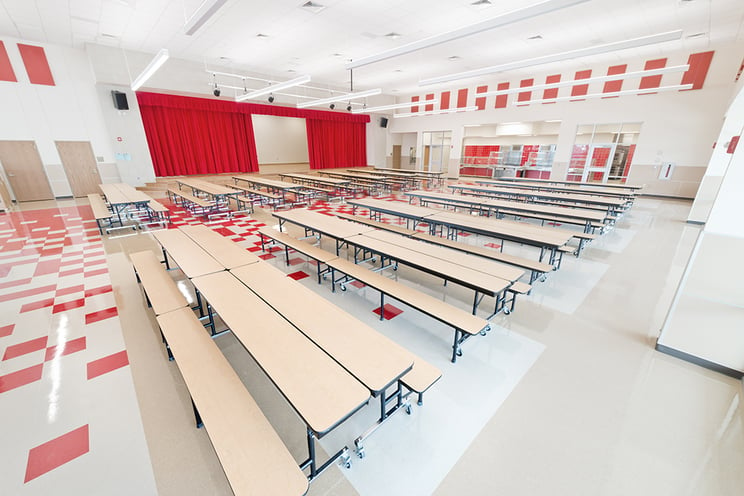
three tips for designing with red in learning environments:
- Use sparingly: Be mindful of how powerful this color can be. Balance with calming colors so the red doesn't overstimulate.
- Combat boredom: Use red strategically in learning zones where students are asked to complete repetitive learning activities.
- Think maker space: Help keep students energized and inspire creativity by adding flexible red seating to STEAM, robotics, media, and technology centers.
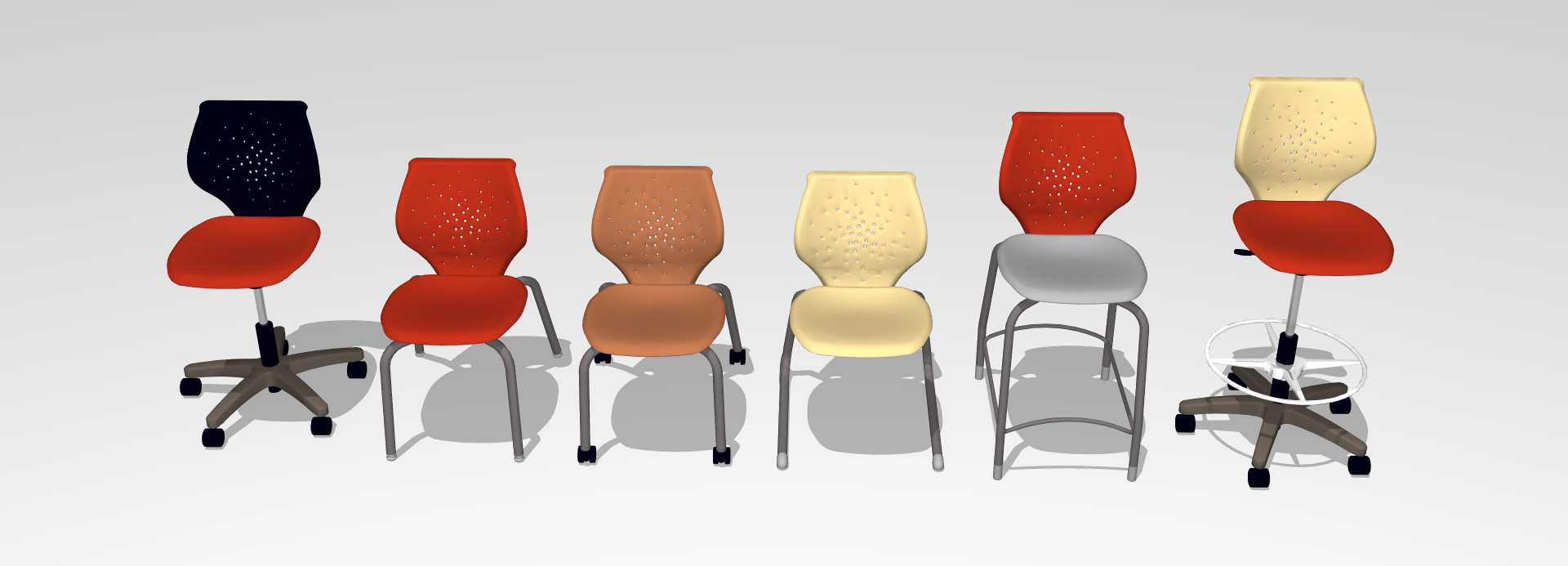
1. Adams FM, Osgood CE. A cross-cultural study of the affective meaning of color. J Cross Cult Psychol. 1973;4(2):135–156. [Google Scholar]
